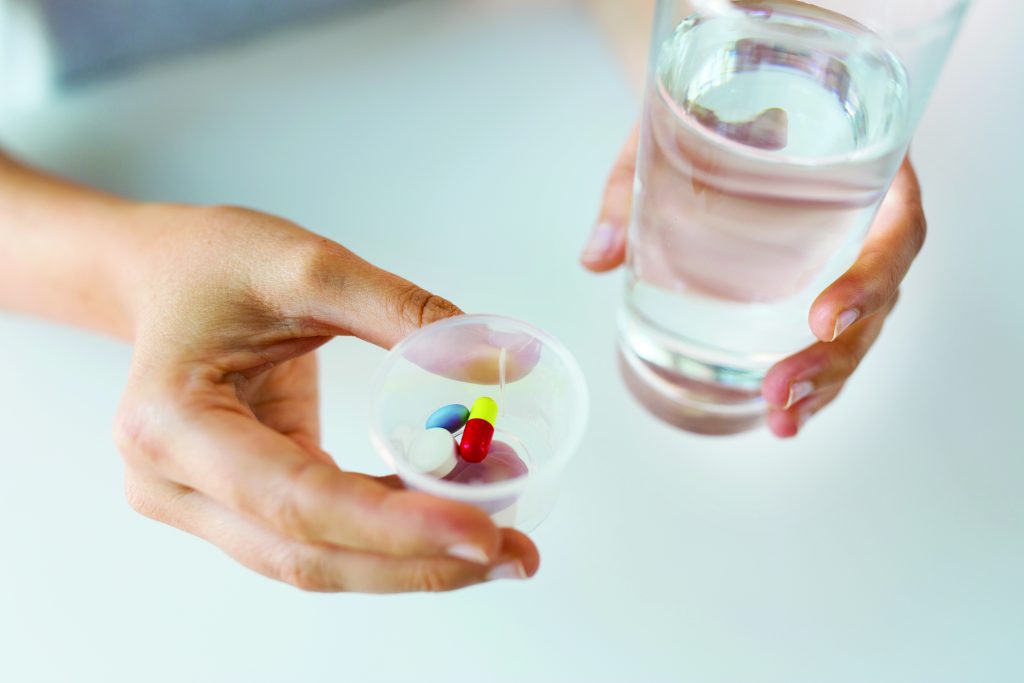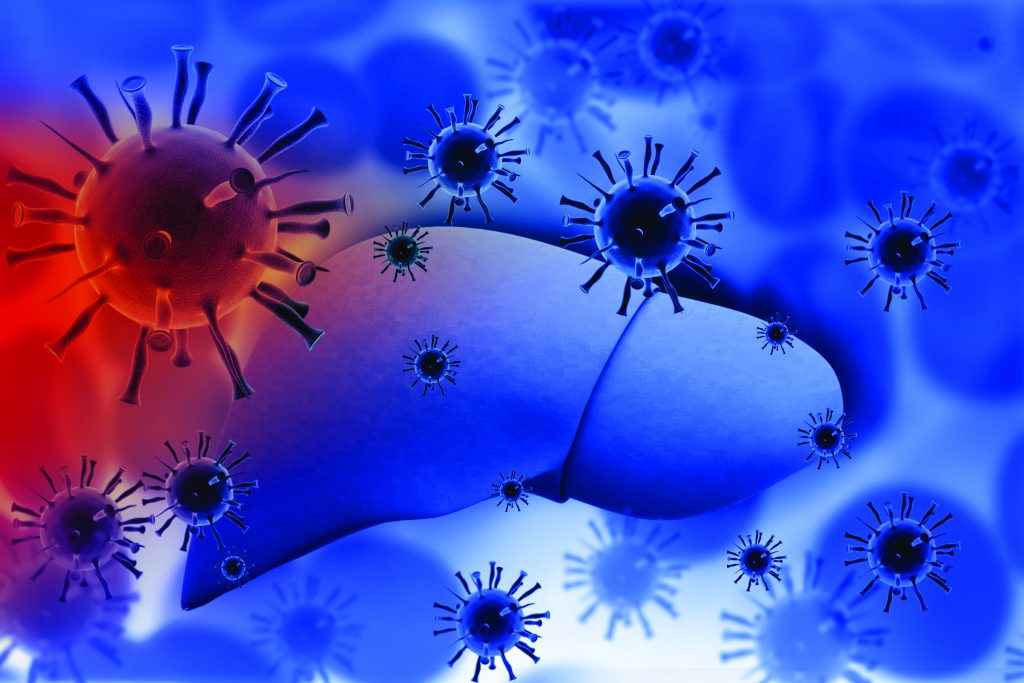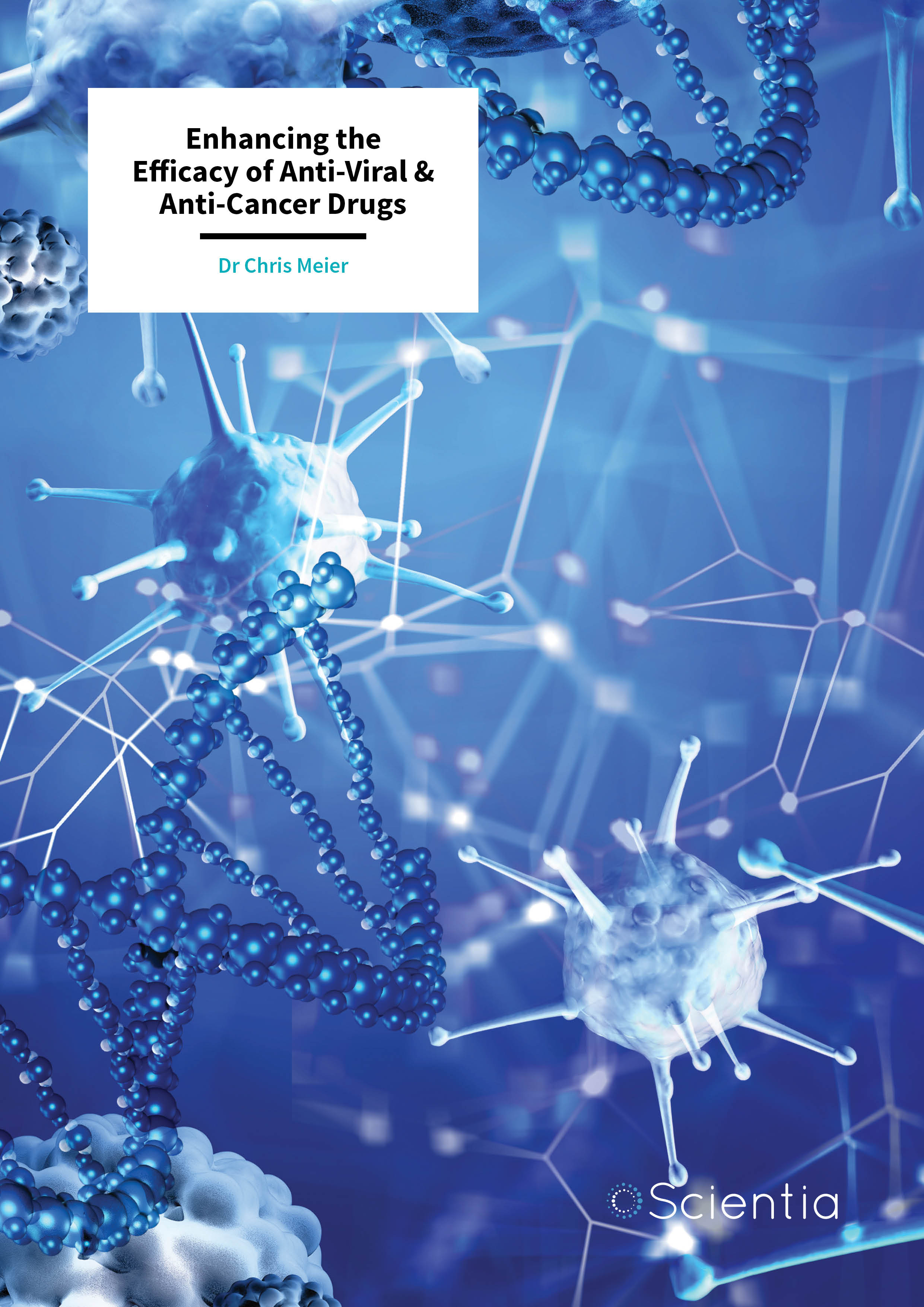Dr Chris Meier – Enhancing the Efficacy of Anti-Viral & Anti-Cancer Drugs
Cancer and viral infections are two of the leading causes of death worldwide. It goes without saying that there is a need for more effective treatment options. Dr Chris Meier from the University of Hamburg’s Department of Chemistry has been working on exactly that. His team’s goal is to enhance the efficacy of anti-viral therapies, and more recently, anti-cancer drugs, by using compounds known as prodrugs.
Fighting Disease with Antimetabolites
Viral infections are a significant cause of death and morbidity worldwide. Each year, approximately 1.5 million deaths are attributed to hepatitis, while about 1.3 million are caused by HIV-related illnesses, according to the World Health Organization. As a result, scientists and health professionals are working tirelessly to develop improved therapeutic agents to treat and manage these diseases.
Dr Chris Meier is a Professor of Organic Chemistry at the University of Hamburg in Germany, whose aim has been to improve the effectiveness of anti-viral drugs. His team focuses on a group of chemicals broadly known as ‘antimetabolites’. In cancer, antimetabolites shut down target cells by interfering with their normal metabolic function – specifically, they interfere with the cell’s ability to synthesise DNA and RNA molecules. However, antimetabolites acting as antivirals interfere with the replication of the viral genome (either RNA or DNA) ideally without interfering with the host cells. If this were to occur in viruses, for example, then antimetabolites have the potential to impede the progress of certain diseases.
Successfully utilising antimetabolites in treating viral infections may seem simple. In reality, however, there are many obstacles. One problem is that some antimetabolites cannot penetrate well into cells, thus limiting their therapeutic effect. Another challenge relates to selectivity – specifically targeting a virus without damaging healthy, surrounding cells and tissue.
Dr Meier’s work aims to overcome these challenges. In particular, his research focuses on the use of a unique set of compounds that can expedite the transport of certain antimetabolites into disease-stricken cells and their subsequent intracellular metabolism into a pharmaceutically active form. This strategy, therefore, has the potential to enhance drug efficacy and improve the treatment of disease.
 Increasing Efficacy with Prodrugs
Increasing Efficacy with Prodrugs
Scientists had already been experimenting with such a family of antimetabolites known as ‘nucleoside analogues’, in the treatment of cancer, hepatitis (B and C) and HIV. Dr Meier was inspired by the promising results these scientists were achieving.
A nucleoside is a molecular component of both DNA and RNA. It consists of a sugar (deoxyribose for DNA or ribose in the case of RNA) linked to one of the five ‘bases’ found in DNA and RNA, namely, cytosine (C), thymine (T), adenine (A), guanine (G) and uracil (U). Nucleoside analogues are structurally similar, but not identical, to naturally occurring nucleosides, but they can have a very different effect on cell function.
Regarding the activity of nucleoside analogues in fighting disease, Dr Meier explains: ‘The main mechanism of action of these nucleoside analogues is based on competition with the naturally occurring nucleosides needed to synthesise DNA or RNA. When they are incorporated in the growing DNA or RNA chain, they cause a termination of the elongation process.’ So, when nucleoside analogues are incorporated into a virus’s DNA or RNA synthesis process, they inhibit the replication of that virus’s genome. For that reason, nucleoside analogue-based drugs are commonly used to target cells that are hijacked by a virus, as they prevent these cells from replicating viral genes, thus halting the spread of the virus.
Early on in his research, Dr Meier identified several factors that limit the potency of nucleoside analogues in stopping viral replication in infected cells. Many nucleoside analogues can be broken down (catabolised) quickly, or can be prone to resistance in the body. Another limiting factor is that nucleoside analogues are very inefficient at penetrating into cells and being converted into their pharmaceutically active form. To address the latter, chemicals known as ‘prodrugs’ can be used – and this was the route that Dr Meier and his colleagues decided to take.
Prodrugs aim to address the challenge by more readily carrying nucleoside analogues into a cell, and by speeding up their metabolism into pharmaceutically-active forms. In other words, prodrugs bypass some of the more complicated and rate-limiting steps, thus increasing the potency and efficacy of the treatment.
The Promise of Nucleoside Triphosphate Prodrugs
Previous research has demonstrated the potential of the prodrug method to enhance the efficacy of antimetabolite drugs, such as nucleoside or nucleotide analogues. But Dr Meier and his colleagues decided that the process could be further refined to improve performance and efficiency. Given the complexity of the multi-step reactions involved, it was hard to find a prodrug strategy that maintained good efficiency throughout the entire process. So, in the team’s initial experimentation phase, it really was a case of trial and error.
After intense experimentation, Dr Meier and his team were able to develop a family of chemicals that could bypass all rate-limiting steps – seemingly entering the cell with relative ease and then being converted into a biologically-active nucleotide analogue within the cell. These chemicals are known as ‘nucleoside triphosphate prodrugs’. But, there were several challenges associated with their use and establishing their real-world viability.

Overcoming the Challenges
Nucleoside triphosphate prodrugs had been studied before. However, as Dr Meier states in one of his papers, ‘it was common sense in the community that the design of nucleoside triphosphate prodrugs would be almost impossible’. Why? It was deemed to be impractical because they are highly unstable during synthesis and application. Few other scientists had also reported poor yields. Others had reported on the incompetence of these prodrugs in permeating the cell. Beginning with the latter, these were the next round of challenges that Dr Meier wanted to overcome.
In research published in 2015, Dr Meier and his colleagues demonstrated the first successful direct intracellular delivery of nucleoside analogues using their nucleoside triphosphate prodrug technology. They also found that this method could be applied to several different nucleoside analogues. This was indeed a very promising step. It was also at this time that they began the ponder the merits of their strategy in treating cancer-stricken cells as well (which would later become the focus of Dr Meier’s work).
With a delivery mechanism in hand, the next step was to improve the intracellular efficacy of the drug itself. In research published in 2016, Dr Meier and his team developed a new set of nucleoside triphosphate prodrugs, and they showed that these compounds could efficiently penetrate into a cell. Upon entering the cell and metabolising into their associated bioactive triphosphates, they also demonstrated significant anti-HIV activity. Dr Meier and his colleagues also made significant improvements to the synthesis procedures used to make these chemicals.
Interestingly, in recent experiments on mice, the results of which have not yet been published, the team’s nucleoside triphosphate prodrug compounds demonstrated marked improvement in comparison to a currently used drug against hepatitis C (HCV). Almost twice as much of Dr Meier’s nucleoside triphosphate prodrug was converted into its pharmaceutically active form compared with its commercially available counterpart. This is a highly interesting result, because Dr Meier’s compound, despite only being experimental at this point, is seemingly more efficient than the drugs currently used.
Indeed, as many of the challenges have been overcome, especially in relation to cell permeation, Dr Meier’s enhanced anti-viral therapies are certainly taking shape.

A Deeper Understanding of the Intricacies at Play
In a research paper published in 2017, Dr Meier and his colleagues stated, ‘there are still some remaining tasks to be solved. One major issue are the surprising differences in stability of nucleoside analogue triphosphates’. Obviously, enhanced stability (the ability of a drug to persist inside a cell), increases its potential effectiveness. One nucleoside triphosphate analogue, for example, had a notable intracellular stability of 35 hours. On the other hand, some were only stable for five hours under the same experimental conditions. Dr Meier also highlighted that, although he and his team did indeed develop an improved method for transporting drugs into cells and improving their metabolic efficiency, there is currently no data on the relevant uptake mechanism, nor any data on the quantity of drug that is taken up by the cell.
However, Dr Meier is more than pleased with current progress. ‘Due to successful cell membrane penetration and the direct intracellular delivery of the higher phosphorylated metabolites, a strong anti-viral activity was accomplished,’ he says. He and his team had demonstrated this in the case of the HIV or HCV. To add to this, the general applicability of the strategy means that it has significant potential in the treatment of cancer, especially tumours. In fact, Dr Meier has conducted initial tests in this regard, and they have shown that prodrugs are indeed able to efficiently penetrate different types of solid tumour cells. These early observations are certainly promising.
With some further research to improve the efficacy and selectivity of the nucleoside triphosphate prodrug strategy, the successful treatment of solid tumours, which are typically very difficult to treat, is on the horizon. In fact, this is the subject of Dr Meier’s future research. Without a doubt, his treatment strategy will be a leap forward in the fight against viruses and cancer – two of the world’s biggest killers.
Meet the researcher

Dr Chris Meier
Department of Chemistry
University of Hamburg
Hamburg
Germany
Dr Chris Meier received his PhD in Organic Chemistry from the University of Marburg in Germany. After several post-doctoral postings and assignments throughout Germany and France, he made the move to the University of Hamburg’s Department of Chemistry in 1999, where he now serves as full Professor of Organic Chemistry. The focus of Dr Meier’s research is nucleoside, nucleotide and oligonucleotide chemistry, especially as applied to improving the efficacy and viability of antiviral (HIV, herpes virus, hepatitis virus, influenza virus, Bunya viridae) and anti-cancer therapeutic agents. Among many other accolades and achievements, in 2017 he was appointed as President of the ‘International Society for Nucleosides, Nucleotides and Oligonucleotides’.
CONTACT
E: chris.meier@chemie.uni-hamburg.de
W: https://www.chemie.uni-hamburg.de/oc/meier/meier.html
KEY COLLABORATORS
Dr Dominique Schols, Rega Institute, KU Leuven
Dr Jan Balzarini, Rega Institute, KU Leuven
Dr Lieve Naesens, Rega Institute, KU Leuven
Dr Udo Schumacher, University Medical Center Hamburg-Eppendorf
Dr Ilona Hauber, Heinrich-Pette-Institute, Hamburg
FUNDING
Universität Hamburg and Deutsche Forschungsgemeinschaft
FURTHER READING
C Meier, Nucleoside Diphosphate and Triphosphate Prodrugs – An Unsolvable Task?, Journal of Antiviral Chemistry and Chemotherapy, 2017, 25, 3.
T Gollnest, TD de Oliveira, A Rath, I Hauber, D Schols, J Balzarini, C Meier, Membrane-Permeable Triphosphate Prodrugs of Nucleoside Analogues, Angewandte Chemie International Edition, 2016, 55.
T Gollnest, TD de Oliveira, D Schols, J Balzarini, C Meier, Lipophilic prodrugs of nucleoside Triphosphates as Biochemical Probes and Potential Antivirals, Nature Communications, 2015, 6.
L Weinschenk, T Gollnest, D Schols, J Balzarini, C Meier, Bis(benzoyloxybenzyl)-DiPPro Nucleoside Diphosphates of Anti-HIV Active Nucleoside Analogues, ChemMedChem, 2015, 10, 5.


